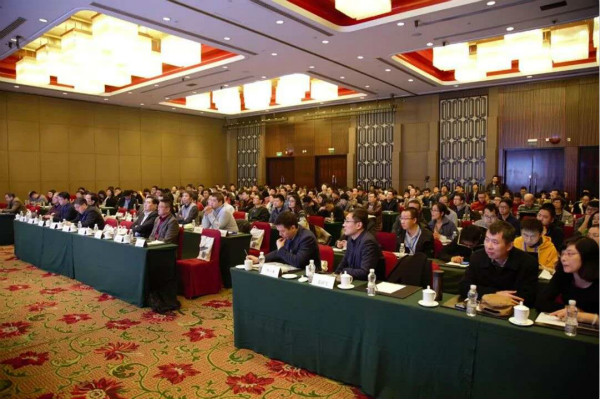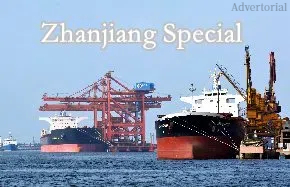40-year Supercomputing Development of Tianhe



On December 15, 2018, the Forum on Tianhe Supercomputing Development hosted by the National Supercomputing Tianjin Center was held in Tianjin Binhai New Area.
It gathered dozens of leading specialists in various fields ranging from supercomputing, artificial intelligence, biomedicine, civil engineering, aerospace, brain science, new materials to climate. It also welcomed over 200 researchers from top universities and institutions such as National Defense University, Chinese Academy of Sciences, Peking University, Tsinghua University, Tianjin University, and Nankai University.
Fruitful discussions and exchanges were achieved on China's supercomputing development and its implementation of supporting for major scientific and technological projects and promoting artificial intelligence and big data.
The Galaxy and Tianhe-1 series of supercomputers represent China's 40 years of continuous effort in innovation. During the period, through decades of struggles of National Defense Science and Technology and its cooperation team, China has made notable advances in Supercomputer core technology, such as R&D and application capacity in chips, interconnected communication systems and independent operating systems.
It has also spawned an innovation system which is led by super-computing and has synthesized high-performance microprocessor and microelectronics, network communications and information security to develop together.
The Galaxy and Tianhe-1 series of supercomputers have not only seen the expansion of applications, but also combined with other emerging information industries such as big data; it has pushed forward innovation-driven development.
The oil ministry at that time established their own petroleum seismic data processing system with Galaxy-I. The Galaxy-2 supercomputer has been developed to enable a medium-term digital weather forecasting system, making China one of the few countries in the world capable of carrying out medium and long-term weather forecast for 5 to 7 days. The Galaxy-3 series of giant machines have played an important role in aerospace vehicle design, weather forecasting and climate simulation, and development of new energy sources.
Tianhe-1 now achieves full load operation. Currently, there are more than 1,400 online computing tasks per day, and more than 3.4 million items are completed each year. It serves in many areas from energy development, high-end equipment manufacturing, bio-medicine, brain science, new materials and other fields.
Relying on Tianhe-1, more than ten specialized platforms have been built for oil and gas exploration, genetic health, industrial design and simulation, architecture and smart city and over 3,000 industrial enterprises have been gathered, saving hundreds of millions of investment in R&D and bringing relevant economic benefits to companies of nearly 10 billion yuan($1.45billion).

























